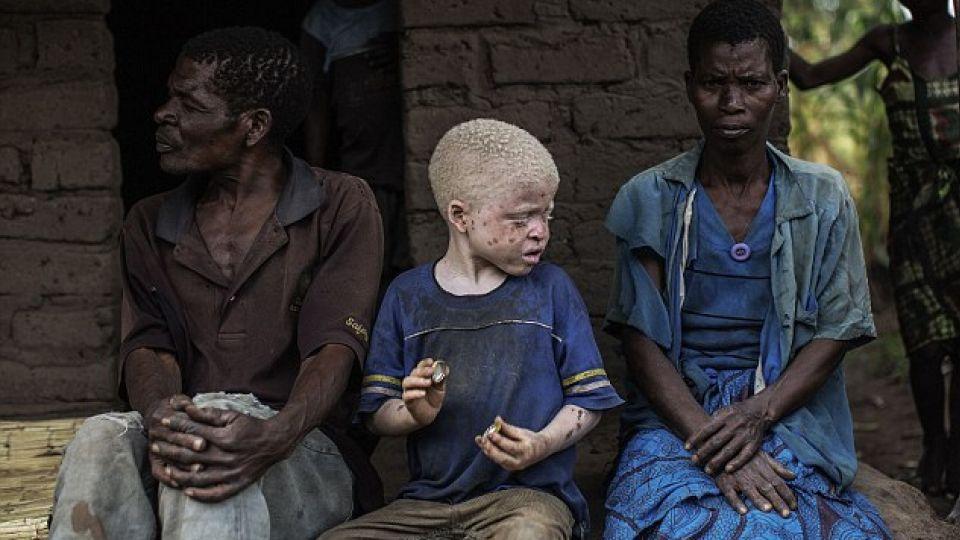
“When the killings began, my teacher asked me to stop coming to school.”
“Juma”, July 2017
“Juma”, July 2017
Juma was 16 years old when Human Rights Watch interviewed him in July 2017. Seven years earlier, his life had been turned upside down because he was born with albinism.
Orphaned since the age of six, Juma lived with his siblings and his grandfather, a heavy drinker, in a rural area of Northwest Tanzania, south of Lake Victoria. “Sometimes, when he was drunk or talking about me with his mates, my grandfather would call me ‘Chinese’ or ‘Mbolimbwelu’ which means ‘white goat’. I felt very bad,” Juma said.
As a wave of ritual killings and amputations of people with albinism, especially children, began to spread in Tanzania in the late 2000s, the country’s government set forth measures designed to ensure the physical safety of children with albinism, including by establishing “temporary holding shelters,” special boarding schools dedicated to the protection and education of children with albinism.
To populate these establishments, the government directed district and community leaders to bring children with albinism to the shelters. While there is no official data on the subject, a local activist estimated that around a thousand children from all over the country have been placed in shelters. As a result of the government’s measure, Juma’s regular school did not welcome him anymore.
But Juma’s grandfather did not send him to a shelter. Instead, he forced him to work in the field, taking care of his cattle. “I was told to stop school because they were worried, but then on the farm, there was no security. It felt unjust because my brothers and sisters went to school, but I had to work,” Juma told Human Rights Watch.
SOURCE: HRW.ORG
0 comments:
Post a Comment